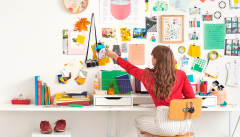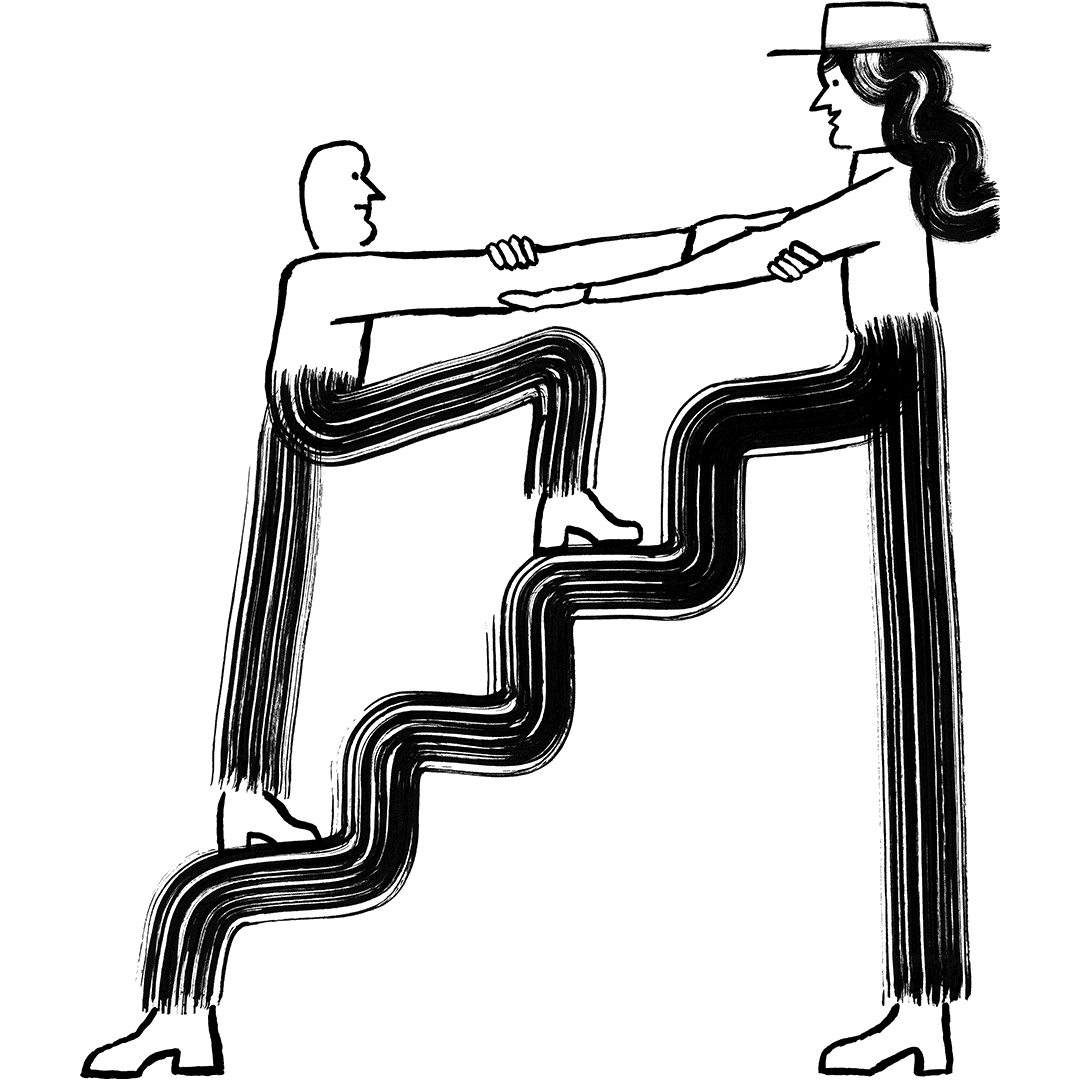About Content Blocks for Landing Pages
Learn how to use Mailchimp's various types of content blocks in your campaign design.

Get the job done with a pro
From training to full-service marketing, our community of partners can help you make things happen.
Note
The information in this article applies to the classic builder only. To learn how to use the new builder, check out Design an Email with the New Builder.
Mailchimp’s templates for email and landing pages are divided into sections, to help organize your content and guide your design. When you set fonts, colors, and other styles for a section, your changes will apply to all content blocks in that section.
In this article, you'll learn how to access and edit design settings for each section of your landing pages and email marketing.
To access the Style tab in the campaign builder, follow these steps.




When you access design options for a section, you’ll see a number of different elements to customize. This usually includes background colors, font sizes, and link styling, but some sections have additional options like borders and padding.
Available sections and design options vary by template. To learn more, check out Types of Email Templates and Types of Landing Page Templates.
In this section, we’ll go over the most common elements available in each section type.
Note
Since landing pages are not subject to the same design limitations as email, you may come across additional elements in landing page templates. This includes background transparency options and a special element called an Interior Style that lets you layer two backgrounds on top of each other to highlight the content in a section.
The area behind the content in your email or landing page.

The area at the very top of your email that usually includes a blurb about the content and a link to the campaign page. Many email clients, like Gmail and Yahoo, show the preheader text after the campaign preview text and subject line in their inbox.

The main image and text at the top of the email or landing page. This is typically the first thing recipients or page visitors see.
This is the main content of your email or landing page. Include a good balance of text and images to engage recipients or visitors.
Content that appears in two or three columns rather than a single column. If your template also includes a Body section, the less important information is usually placed in the columns. This option is available only for templates with more than one column.
The content at the bottom of your email or landing page. This section is often used to contain trademarks and other fine print.
Change how your email or landing page appears on mobile devices. Use the Preview feature and review your designs on mobile devices to check for readability.
You also have the option to change the font size and line height for each section. These styles are applied only when viewed on a mobile device.
If you are on a Free plan or are a paid user who wants to include our Referral badge in your email marketing, you can choose the color and logo style here. Paid users can choose to have the badge on or off from the Rewards Badge drop-down menu.
If activated, the Notification Bar section appears when someone visits your landing page for the first time. This is a good place to notify your users if you are using any tracking tools like Track With Mailchimp, the Meta Pixel (formerly Facebook Pixel), or Google Analytics.
The Mailchimp Badge is located at the bottom of your landing page. It includes the Mailchimp logo and a link for reporting abuse. While this badge is required for Free plans, paid plans are able to remove this badge.
Technical Support

Have a question?
Paid users can log in to access email and chat support.
Learn how to use Mailchimp's various types of content blocks in your campaign design.
Learn how to create a regular email in Mailchimp.